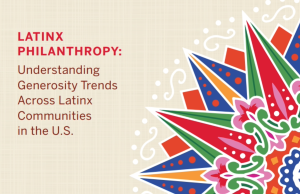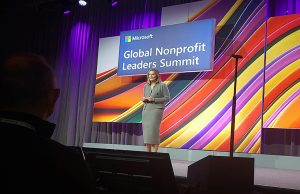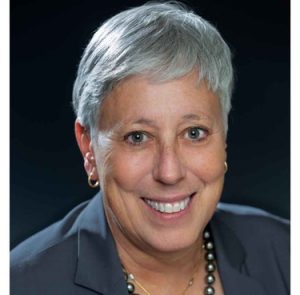There are significant generational differences in approaches to investing, giving and wealth planning. The shift in influence and control over the largest share of U.S. personal wealth — $84 trillion is expected to pass primarily from the baby boomers to Gen X and millennials through 2045 — having significant implications for families, wealth managers, charitable organizations and financial markets.
Those are some of the finding of the 2022 Bank of America Private Bank Study of Wealthy Americans study released today.
Data from 1,052 high-net-worth (HNW) respondents surveyed during May and June this year throughout the U.S. shows different paths to a better world. Data shows that 82% of parents who are philanthropically engaged believe that they and their children share the same philanthropic vision and goals.
However, just 41% of older generations think the next generation’s philanthropic efforts will be equally effective as their own. The younger generation is more optimistic about the ability to achieve philanthropic goals with 87% believing their giving will be more effective than earlier generations.
- When making charitable giving decisions, 76% of respondents, including 88% of women, prefer to establish their own philanthropic identity apart from their family.
- Just half (51%) of all donors support the same causes as their parents.
- Younger generations are far more likely to gift through a structured vehicle, including a donor-advised fund (30%), charitable trust (51%), and/or family foundation (14%) than older generations do (15%, 14%, and 4%, respectively).
- Younger generations engaging in new investment strategies: 75% of investors between the ages of 21 and 42, compared to 32% of investors over age 43, do not think it’s possible to achieve above-average returns solely with traditional stocks and bonds.
- 80% of young investors are looking to alternative investments, such as private equity, commodities, real estate, and other tangible assets. They allocate three times more of their investment portfolios to alternative strategies (16%) and half as much to stocks (25%) than older investors (5% and 55%, respectively).
- Whereas investors older than the age of 43 maintain that U.S. equities offer the best opportunity for growth in the future, young investors think the greatest growth opportunities lie somewhere in the transformative digital asset space. Nearly half (47%) have cryptocurrency holdings.
- Ownership of sustainable investments have doubled since 2018, from 12% to 26% of wealthy people. Nearly three-quarters (73%) of millennials compared to 21% of older respondents use sustainable investments, which 72% of all survey respondents agree can make a positive impact in the world.
“Wealth planning is inherently multi-generational,” said Katy Knox, president of The Private Bank at Bank of America, via a statement. “As we see among our client families, financial behaviors and values take shape early in life and live on in the legacies passed from one generation to the next. These research findings point to a larger role wealth advisors and the financial services industry is playing in helping families transition wealth and meet the needs of the next generation.”
The data was collected by market research firm Escalent via an online survey. Respondents were older than age of 21 with at least $3 million in investable assets, excluding primary residence. respondents are a nationally representative sample of the U.S. high-net-worth population and not necessarily clients of Bank of America or its wealth and investment management businesses.












